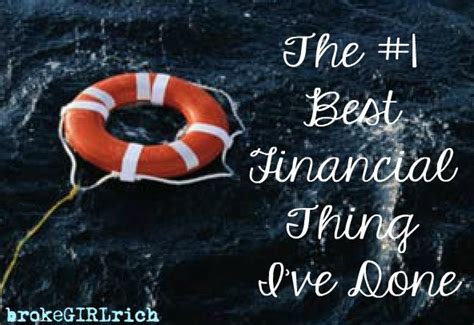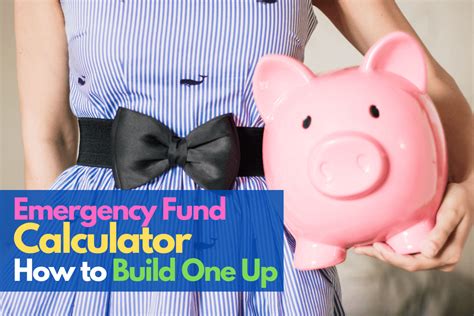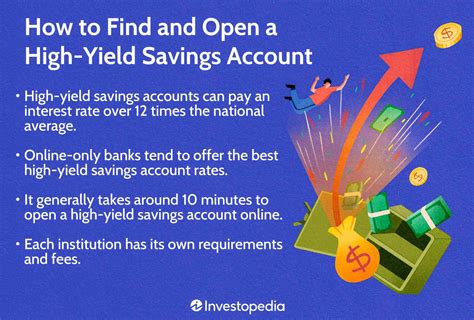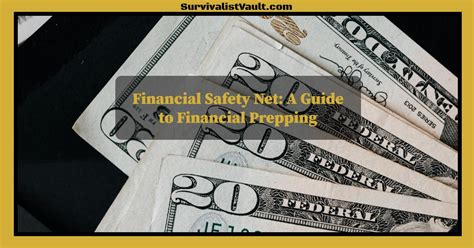Why an Emergency Fund is Non-Negotiable
Life is unpredictable. From unexpected job loss to a sudden medical emergency or a major home repair, financial curveballs can strike at any moment. Without a dedicated emergency fund, these unforeseen events can quickly spiral into significant debt, derail your long-term financial goals, or force you into difficult choices. An emergency fund acts as your personal financial shield, offering peace of mind and the ability to navigate life’s inevitable challenges without compromising your financial stability.

How Much Do You Really Need?
The golden rule for an emergency fund is to save 3 to 6 months’ worth of essential living expenses. However, this isn’t a one-size-fits-all number. Your ideal amount might vary based on several personal factors:
- Job Security: If your job is unstable or your industry experiences frequent layoffs, aiming for the higher end (6+ months) is prudent.
- Dependents: If you have a family relying on your income, a larger buffer provides greater security.
- Health: Individuals with chronic health conditions or those who anticipate high medical costs might need more.
- Fixed Expenses: Higher monthly fixed costs (mortgage, car payments, insurance) mean you’ll need more saved to cover them.
- Single vs. Dual Income: A two-income household might feel comfortable with less saved than a single-income household, as there’s another income stream to fall back on.
To calculate your target, meticulously list all your truly essential monthly expenses: rent/mortgage, utilities, groceries, transportation, insurance premiums, and minimum debt payments. Exclude discretionary spending like dining out, entertainment, and vacations. Multiply this essential total by 3, 6, or even 9 months to determine your personal target.

Where to Keep Your Emergency Fund Safe and Accessible
The location of your emergency fund is almost as important as its size. It needs to be safe from market fluctuations, easily accessible, and separate from your everyday spending money. Here are the best options:
1. High-Yield Savings Accounts (HYSAs)
This is overwhelmingly the top recommendation. HYSAs offer:
- Liquidity: Funds are readily available, usually via online transfers or ATM cards.
- Safety: They are FDIC-insured (up to $250,000 per depositor, per institution), meaning your money is safe even if the bank fails.
- Interest: While not a get-rich-quick scheme, HYSAs offer significantly higher interest rates than traditional savings accounts, helping your money grow slightly or at least keep pace with inflation better.
Look for online banks or credit unions that typically offer the best rates and have no monthly fees or minimum balance requirements.

2. Money Market Accounts (MMAs)
Similar to HYSAs, MMAs also offer competitive interest rates and FDIC insurance. Some MMAs may offer check-writing privileges or a debit card, making funds slightly more accessible than an HYSA, but they might also come with higher minimum balance requirements or transaction limits.
3. Short-Term Certificates of Deposit (CDs) – With Caution
While CDs offer fixed interest rates, they typically lock up your money for a set period. If you need to access funds before maturity, you’ll incur penalties. This makes them generally unsuitable for the primary emergency fund, which must be immediately accessible. However, if you have a very large emergency fund (e.g., 12+ months of expenses), you *could* consider laddering a portion into very short-term (e.g., 3-6 month) CDs, ensuring some funds mature regularly while the bulk remains liquid in an HYSA.
Where NOT to Keep Your Emergency Fund:
- Your Checking Account: Too tempting to spend, and earns little to no interest.
- The Stock Market: Investments are subject to market volatility; you don’t want your emergency money to shrink just when you need it most.
- Physical Cash at Home: Risky due to theft, fire, or loss, and earns no interest.

Key Principles for Maintaining Your Fund
- Keep it Separate: Don’t mix your emergency savings with your regular checking or everyday savings account. Out of sight, out of mind (from spending).
- Automate Contributions: Set up a recurring transfer from your checking account to your emergency fund account each payday. Even small, consistent contributions add up.
- Replenish When Used: If you dip into your emergency fund, make it your top financial priority to rebuild it as quickly as possible.
- Review Regularly: As your life circumstances change (new job, family growth, increased expenses), reassess your target amount.
Conclusion
Building an emergency fund is a cornerstone of sound financial planning. It’s not about making your money grow quickly; it’s about making your money available and secure when you need it most. By determining the right amount for your situation and stashing it in a safe, accessible, and liquid account like a high-yield savings account, you equip yourself with the financial resilience to face life’s uncertainties head-on, securing not just your finances, but your peace of mind.





